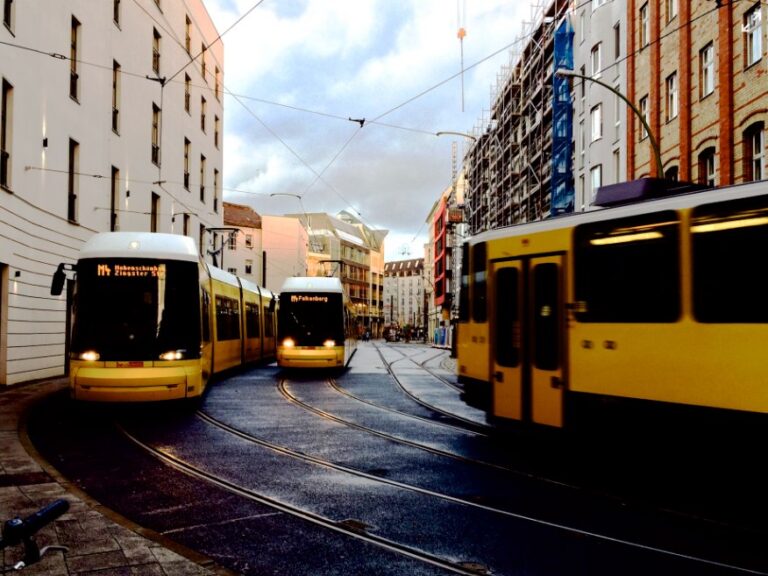Sustainable mobility confronts us with radical changes because it not only involves our lifestyles, but also technological innovation and public transportation policies.
Sustainable mobility promises to improve quality of life and make a major contribution in the fight against climate change, although some detractors do not necessarily think so.
Table of Contents
The options for sustainable mobility
The transport sector is currently a major contributor to air pollution in Europe, contributing 70 percent of the sector’s total emissions, the European Environment Agency reports. Therefore, taking alternative routes is crucial to improving both the condition of our planet and the condition of people.
The main forms of sustainable mobility include alternative means such as cycling, car sharing and electric motorcycles, along with increasing development of green public transport in some cities. For example, the train, subway, and streetcars represent viable alternatives to private vehicles.
In many cities, public or private ride-sharing services are available, providing access at hourly or monthly rates for:
- Bicycles
- Scooters
- Electric cars and scooters
In some cities, bike lanes are becoming increasingly crucial, connecting the suburbs to the center in a safe and sustainable way.
Read also: The 10 cities with the most bicycles in the world
How to implement sustainable mobility
Sustainable mobility is within everyone’s reach, and depends not only on the quality of infrastructure and public transport, but also on personal choices. You can favor the use of bicycles or public transportation, especially for short trips.
In addition, preferring electric and environmentally friendly means of transportation instead of fossil-based ones can contribute significantly to reducing environmental impact. To reduce the number of vehicles on the road, we can also consider car sharing and ride sharing with other citizens who have private cars.
Traffic circles are not only tools for managing road traffic more efficiently, reducing accidents and traffic jams. They can also play an important role in promoting sustainable mobility by helping to reduce harmful emissions.
In particular, traffic circles can reduce carbon monoxide emissions by 15-45%, nitrogen emissions by 21-44%, carbon dioxide emissions by 23-34%, and hydrocarbon emissions by up to 40%. Overall, they contribute to a reduction in fuel consumption of between 23% and 34%, a study by the Insurance Institute for Highway Safety reports.
Electric vehicles emit less CO2 than conventional vehicles
On the other hand, those who support this change have good reasons for doing so. The goal of having a European car fleet without diesel and gasoline vehicles is a necessity to address global warming.
Electric vehicles emit on average three times less CO2 than conventional vehicles still on the road. In addition, a significant portion of the energy used to power these vehicles comes from renewable sources such as solar panels and wind turbines.
The debate over the future of electric cars and the transition to a greener automotive industry will continue to hold sway in the coming years as Europe seeks to balance environmental protection with economic and industrial needs.
Read also: What is “micro-mobility”, the future of transportation in cities












